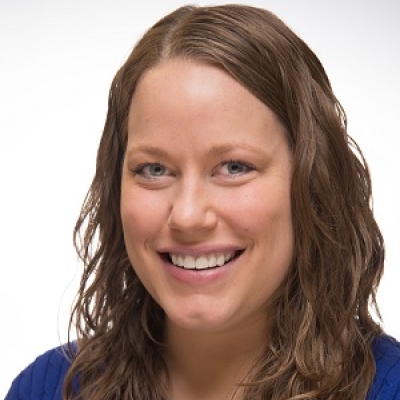School’s out for the summer, but thanks to coronavirus, the season seems far less carefree than usual. There are dozens of pandemic-related issues schools must contend with before they can reopen in the fall. Chief among them are potentially huge learning losses that could exacerbate achievement gaps.
As educators and administrators spend the summer identifying the best methods for catching students up, they would be wise to prioritize tutoring. For most people, the term “tutoring” conjures images of struggling students staying after school to seek help from a teacher. And in most cases, that’s exactly what schools offer. But these types of programs are typically ad hoc and sporadically implemented. They are not the type of tutoring programs that research has proven to be effective. To successfully address the impacts of coronavirus closures, schools will need something far more organized and meaningful once it’s safe for them to fully reopen.
That’s where high-dosage tutoring (HDT) comes in. In a recent Brookings piece, Matthew Kraft and Michael Goldstein argue that HDT has a “sizeable body of gold-standard evidence” that proves it can produce the kinds of large learning gains needed in the wake of this pandemic. They identify several critical differences between traditional tutoring and HDT. For instance, HDT tutors work full-time with the same students at a single school throughout the entire school year. Students meet with their tutor daily and the program is universal, which means all students participate, not just those who are struggling. Content is personalized for students, and ratios are limited to ensure one-on-one attention. In short, HDT is an intentional intervention effort that addresses students’ unique needs, rather than a first-come, first-served extracurricular activity.
Implementing HDT in schools where assessments show that students have lost the most academic ground could help Ohio mitigate the impact of coronavirus closures. Given the solid research base for its impact on student learning, it’s certainly worth a shot. But how could state leaders make it work?
One option is for the state to follow Tennessee’s lead and work with local nonprofit and philanthropic organizations to establish a corps of highly-trained tutors. The recently established Tennessee Tutoring Corps aims to connect college students with K–6 students to provide summer sessions in core subjects like math or reading. Tutors must meet certain qualifications, such as having a 3.0 GPA and passing a background check, and they must complete online training modules. Since this summer marks the start of the program, there are no data on its effectiveness. And since it’s a summer initiative, rather than a year-round one, it lacks some of the key components of HDT. But Ohio officials could use Tennessee’s program as a blueprint for creating their own HDT model that lasts year-round and is implemented in schools where students need the most help catching up. Leveraging college students—a largely untapped source of educated adults—could be a promising solution.
Another option would be for state leaders to treat HDT the same way other states treat standards and curriculum. State officials could establish guidelines that outline what a quality HDT program looks like. They could do the heavy lifting of identifying effective programs and models, offering training to prospective tutors, and providing funding for schools to contract with providers that have proven track records. Actual decisions and implementation efforts, however, would be left up to local leaders. Some of the best HDT models are run by individual schools and charter management organizations, so this bottom-up approach might be best—particularly because it will ensure local buy-in.
Of course, the downside to these and other tutoring options is the expense. One of the reasons HDT hasn’t been implemented on a massive scale is because there are high upfront costs. The MATCH program, for example, costs approximately $3,800 annually per student. The Tennessee Tutoring Corps is preparing to provide tutors with stipends of up to $1,000, and that’s in addition to other program costs. Given the serious economic downturn the state is currently struggling through, it’s understandable that policymakers would want to avoid additional expenses. (Though it’s possible federal relief funding could help foot the bill.)
But as the old adage goes, you get what you pay for. The educational impacts of coronavirus are serious and significant, and they aren’t going to disappear overnight. The achievement and growth gaps that will widen in the wake of this pandemic might seem abstract now, but they will become very real for students. Funding intervention programs like high-dosage tutoring will cost the state millions in the short-term. But investing in students now is the right thing to do—for the sake of both short- and long-term outcomes.




